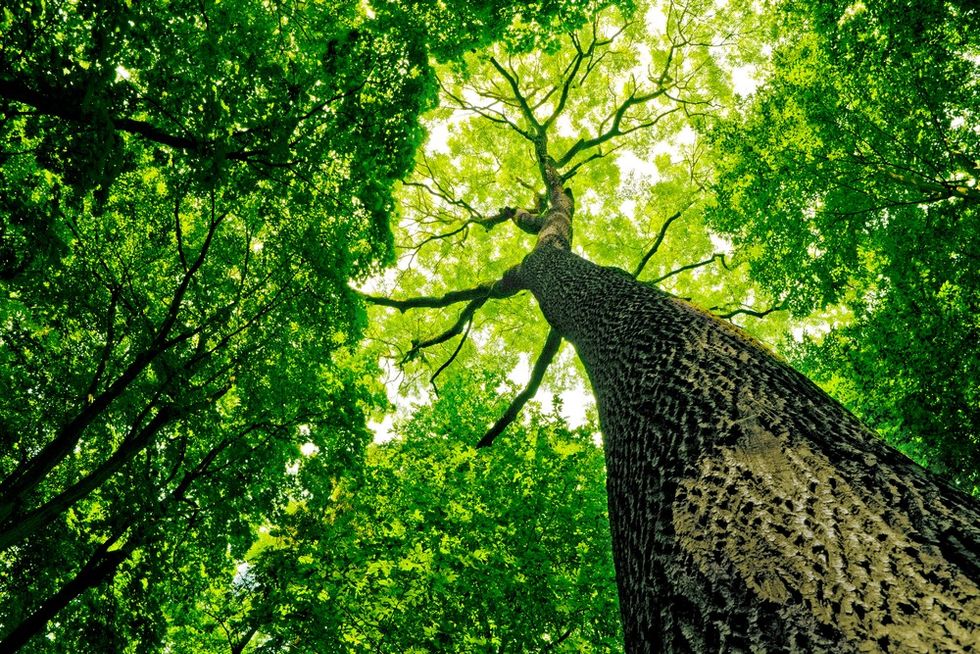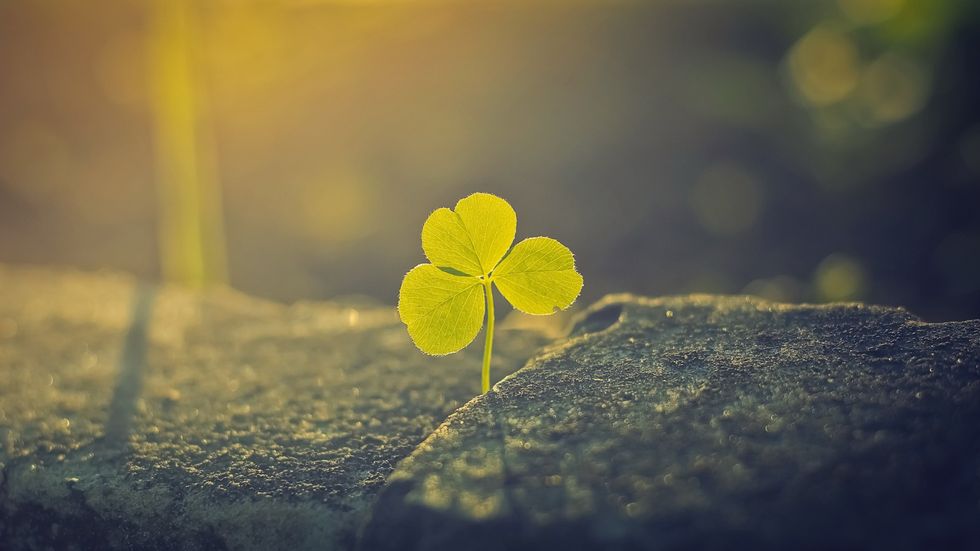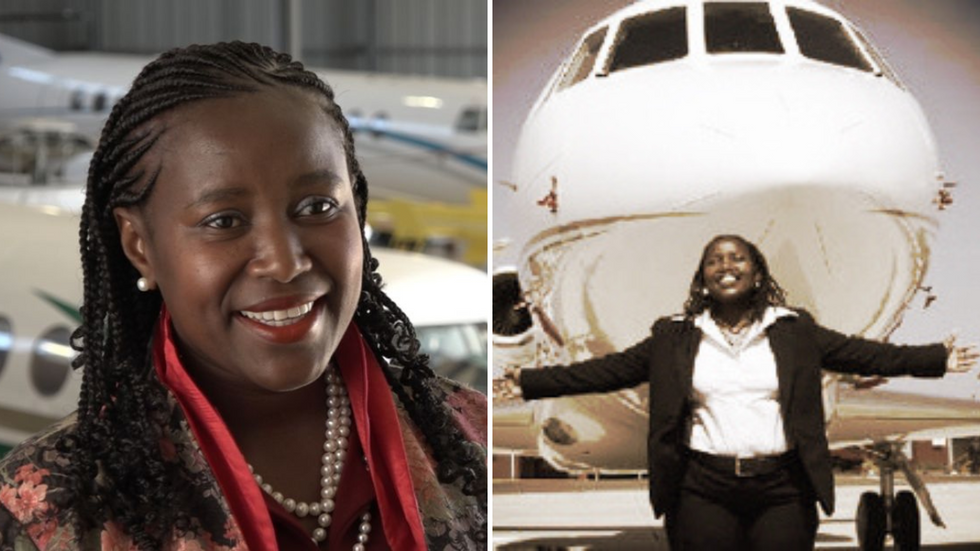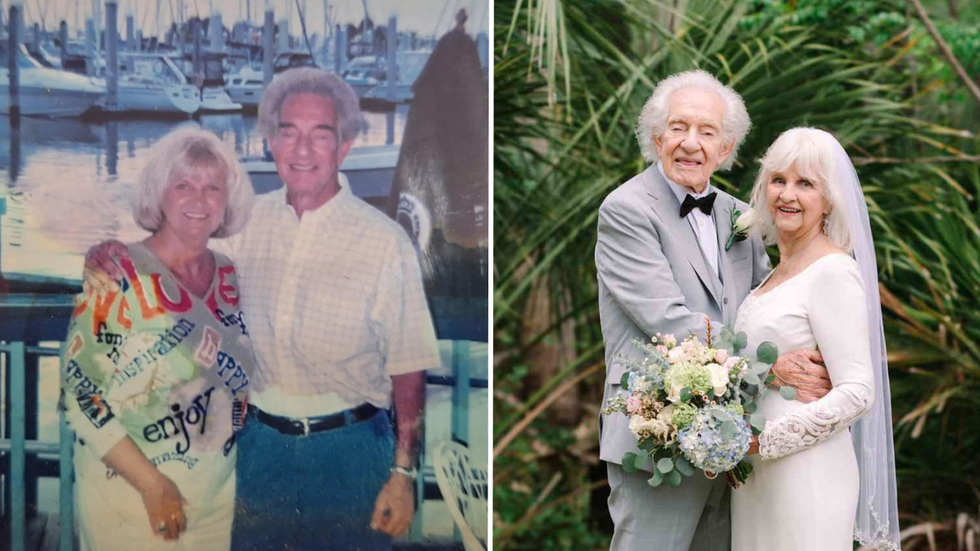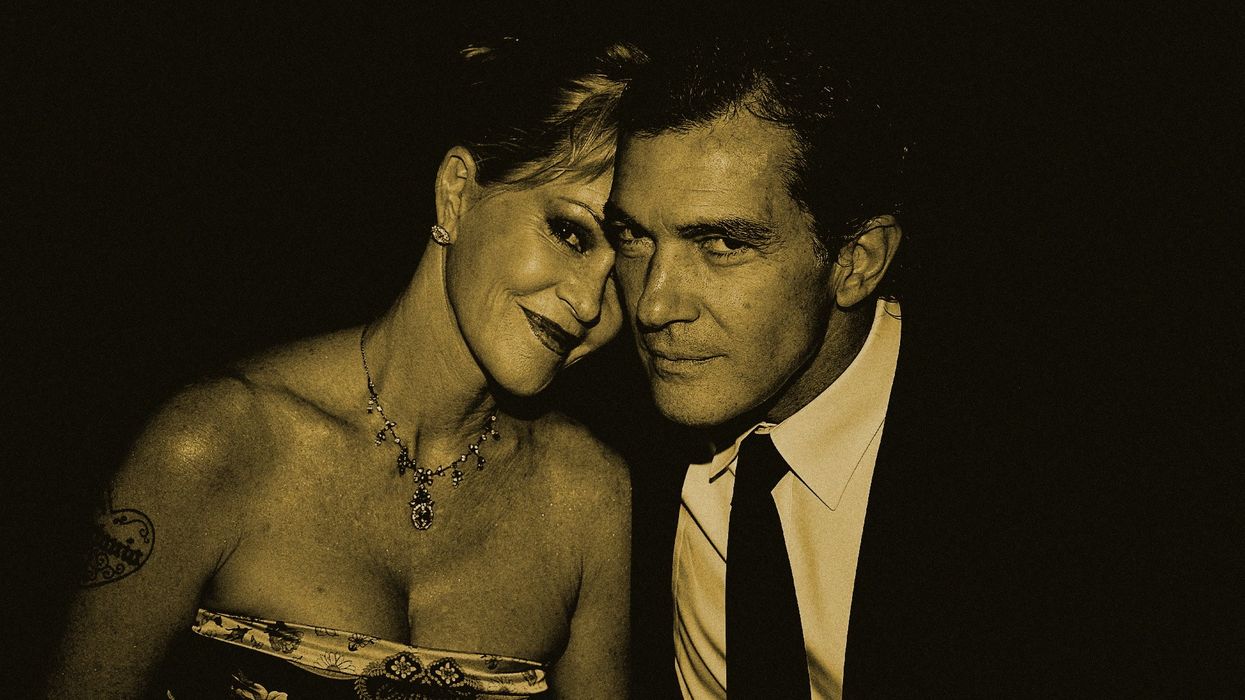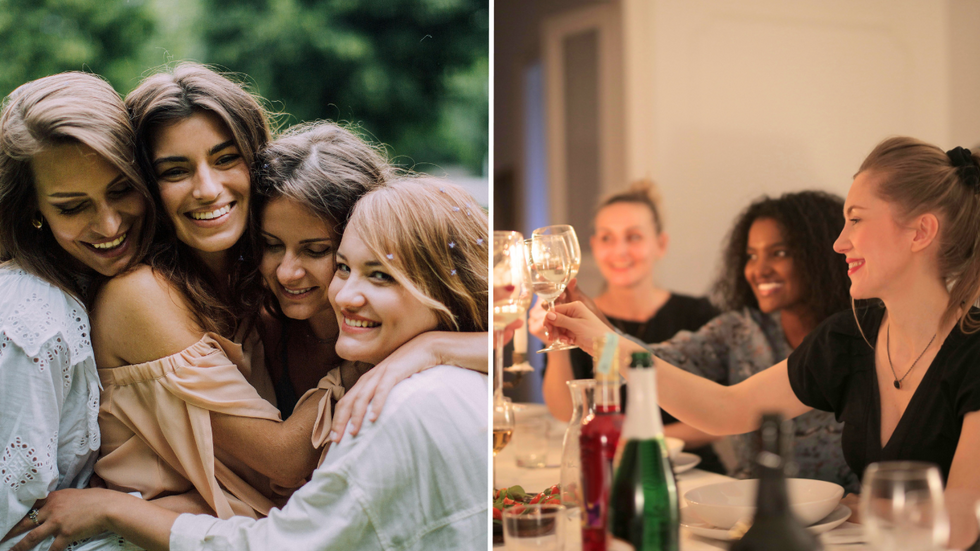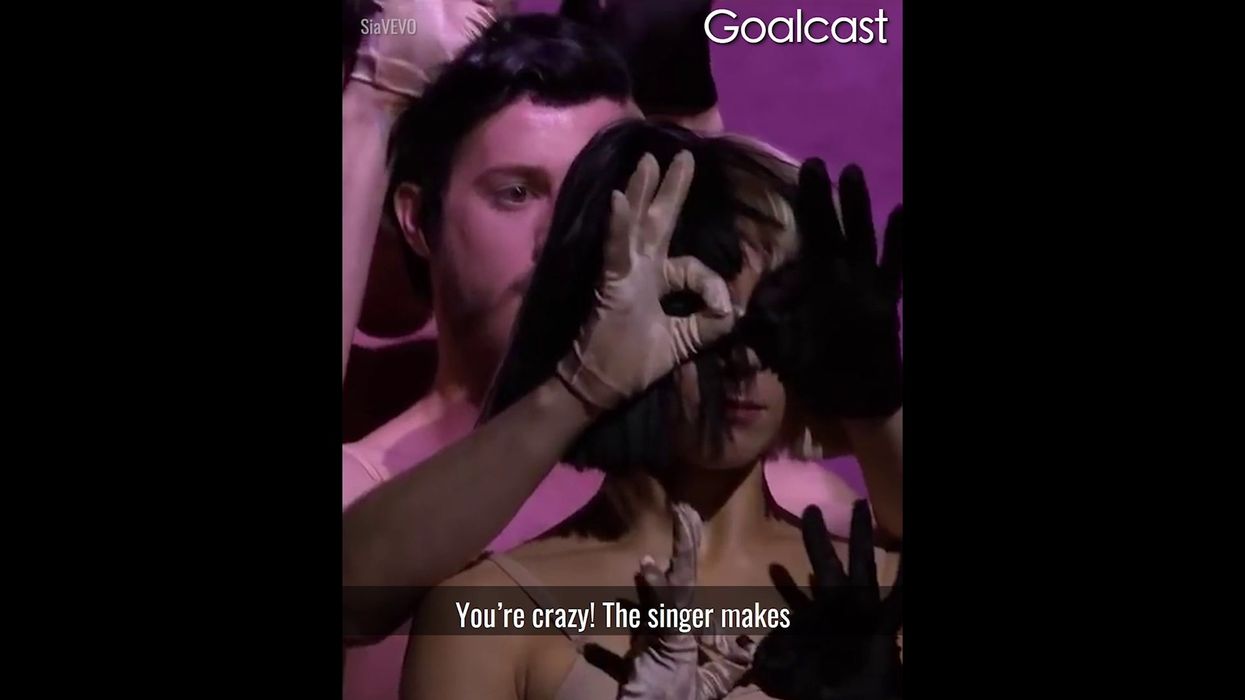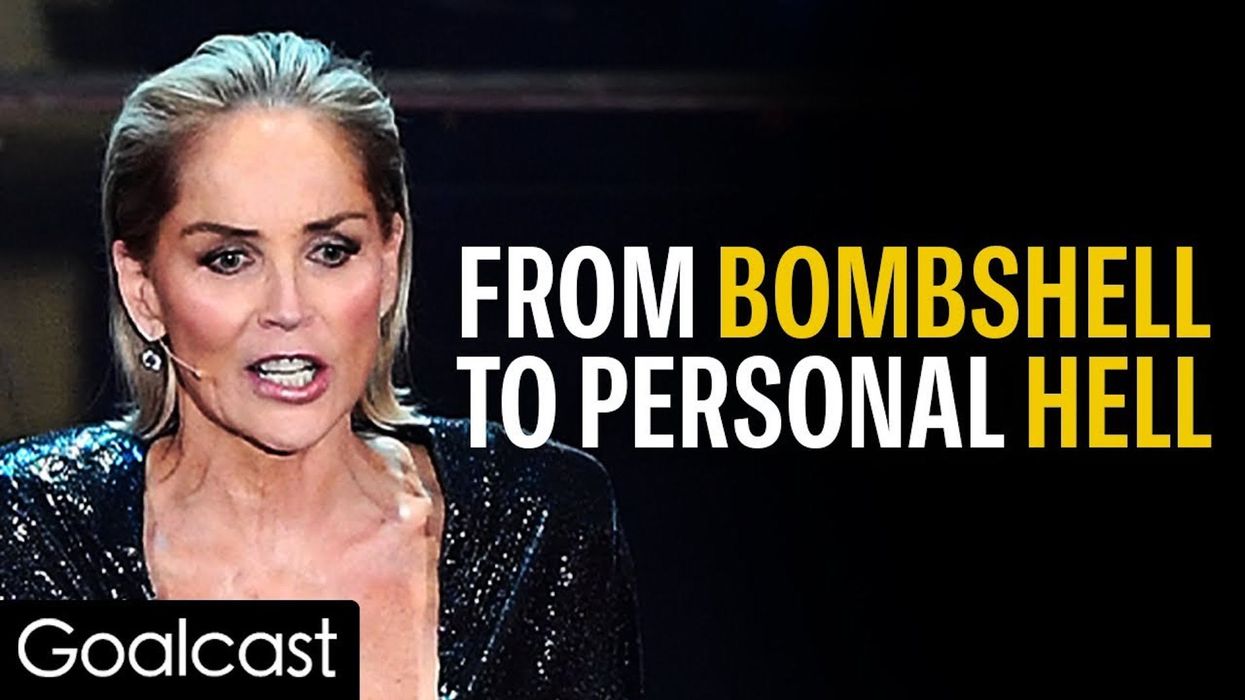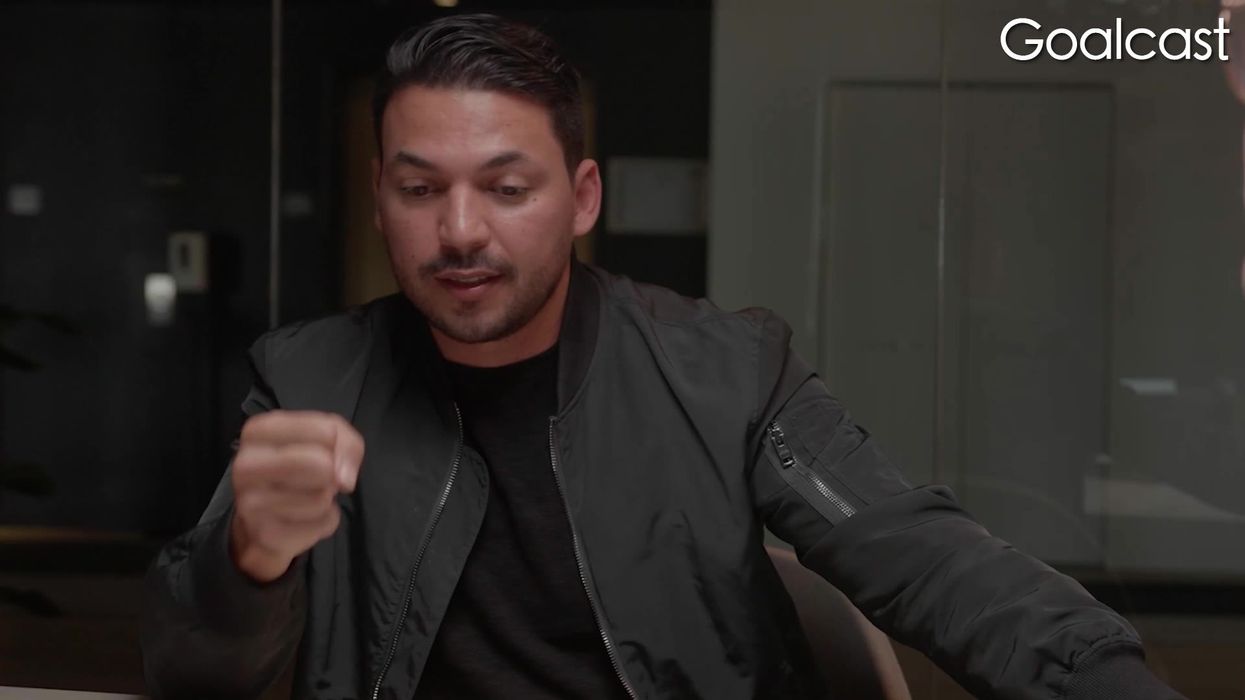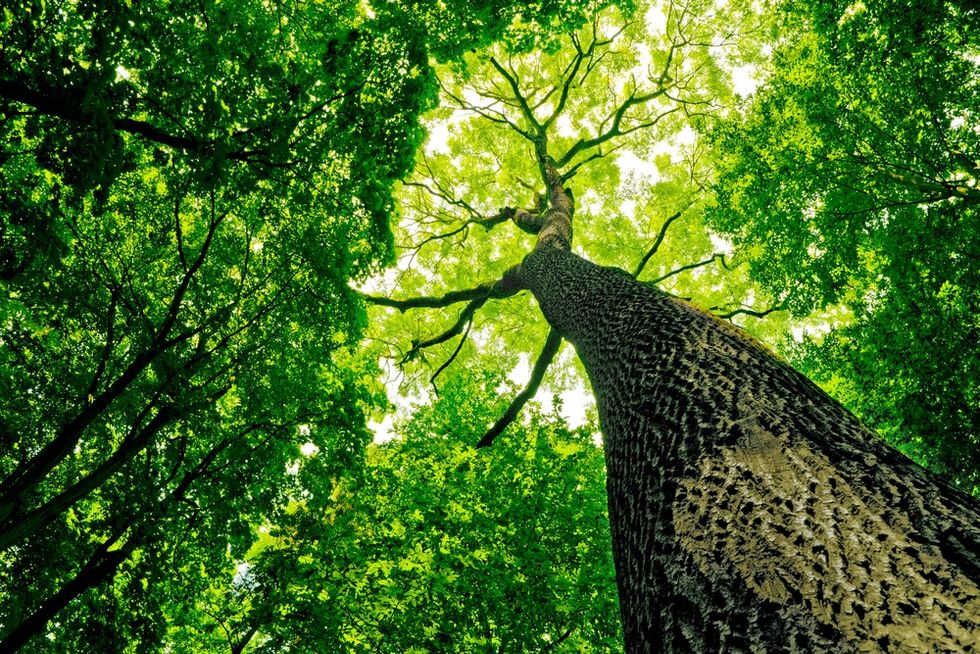
How to Find More Peace in the Now by Transcending Concepts
When my son was around one and a half, his favorite phrase was “big truck!”
The exclamation mark was intentional, as every time he said it he had this wide-eyed, mind-blown look on his face. He did this every time he saw a large vehicle of any kind. For months.
Jokes aside, my wife and I found it pretty entertaining, and it was a part of his natural learning process.
Experience thing -> Learn concept + word to help us understand and categorize it in our mind. That’s pretty much the process of learning for every child.
It wasn't until just a few years ago that I really began to understand this whole process and the significant way it affects even the simplest things in our everyday lives.
The menu is not the meal.
Think of a tree. When you actually see a tree, is it a tree? Or is “tree” just the word and concept which we’ve decided to attach to this very real thing which is really nameless?
The Buddha used the now-famous example of a finger pointing the way to the moon. At this point, virtually everyone has at least heard of it. The idea is that the moon is the real thing, but my explanation or anyone’s explanation of what the moon is, is not actually the moon.
What’s more, to take the finger as the moon becomes a dangerous but all-too-common mistake, a point the Buddha was trying to convey to his followers with the example. Concepts such as these can be important to the way we live our lives, but to become attached to them as reality is harmful. Or perhaps more accurately, it’s a hindrance because it keeps us from seeing the thing for what it really is. Which is something beyond words.
Why? Take a flower for instance. Given the topic, let’s imagine the beauty of a full-grown rose (or any other flower for that matter). Truly a sight to behold.
In his forward to Zen Keys, one of Zen master and peace activist Thich Nhat Hanh’s lesser-known books, Philip Kapleau (the author of The 3 Pillars of Zen) says this:
“But why say anything? Enter the heart of the rose- smell it, touch it, taste it- and what is there to say except perhaps, ‘Ah, wonderful!’ or better yet, simply, ‘Ah!’ or best of all, just a smile- a smile that flowers."
To say anything about the flower is to cut off our direct pathway to experiencing the beauty of it. If we’re experiencing the beauty of the flower, why take the time to label it in our minds when it will do us no justice at all (an injustice, in fact)?
This is obviously a bit on the extreme side, but you get the idea: there’s a potential for losing the essence of the thing by labeling it and then focusing on the label instead of the thing.
Past, present, and future
And what about the concepts of past, present, and future? These are also concepts created in our mind, perhaps some of the most dangerous of all.
Really, when you’re living your day-to-day life, what is there? Only the now– the present moment. Truly, nothing else has ever existed.
The past is something useful to remember and reflect upon at times, although we generally recycle bad memories and judge ourselves negatively based on past experiences more often than we should.
The future is something important to look forward to and plan for, but we usually spend so much time imagining what might happen in the future that we cause ourselves intense fear and stress.
And regardless of what we do with these concepts of past and future, they both keep us from reality– this moment. So in a very real way, anytime we’re stuck in the past or worried over the future, we’ve stepped away from our lives and aren’t truly living.
Understandably, to live in this way is easier said than done. And I don’t expect you to venture off to some Zen center or temple any time soon.
However, you can begin experiencing this for yourself in your everyday life in a very simple and refreshing way.
A simple exercise for experiencing the beauty in everyday life
- Start by focusing on an object. It could be the swaying of the trees, a mountain, or the grass. However, while doing this attempt to step away from any labeling of the thing.
- Contemplate for a moment how when we cease to label things, the trees begin to seem connected and inseparable from the Earth (and everything else for that matter).
- Attempt to experience what’s going on in front of you now, in this moment, without allowing yourself to label any of it.
- And notice any thoughts, feelings, and sensations that arise and then shift your focus back to your object of focus.
Know that in this moment you’re experiencing the true beauty of that object. This is something you can do anywhere and at anytime of day.
When you begin to live in this way you experience beauty more deeply than ever before, feel a great deal of relief from your everyday problems, and you start to see how we’re all interconnected.
You also begin to see that these labels and concepts in many cases simply give us the illusion of separateness, when we’re truly connected in a very deep and real way that’s hard to place into words.
So get out there and experience the beauty of the present moment, fully and freely without the need to label and conceptualize. It might not be anything more than a fun exercise you can use from time to time, but the significance of the lessons we learn by practicing it are no less important.












